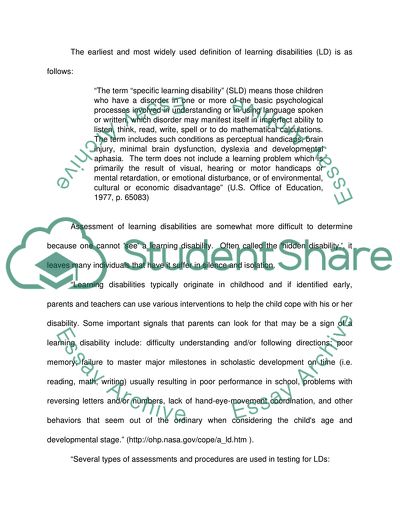Cite this document
(“Unearthing the Mystery of the Gifted with Learning Disabilities Essay”, n.d.)
Retrieved from https://studentshare.org/education/1539610-unearthing-the-mystery-of-the-gifted-with-learning-disabilities
Retrieved from https://studentshare.org/education/1539610-unearthing-the-mystery-of-the-gifted-with-learning-disabilities
(Unearthing the Mystery of the Gifted With Learning Disabilities Essay)
https://studentshare.org/education/1539610-unearthing-the-mystery-of-the-gifted-with-learning-disabilities.
https://studentshare.org/education/1539610-unearthing-the-mystery-of-the-gifted-with-learning-disabilities.
“Unearthing the Mystery of the Gifted With Learning Disabilities Essay”, n.d. https://studentshare.org/education/1539610-unearthing-the-mystery-of-the-gifted-with-learning-disabilities.


